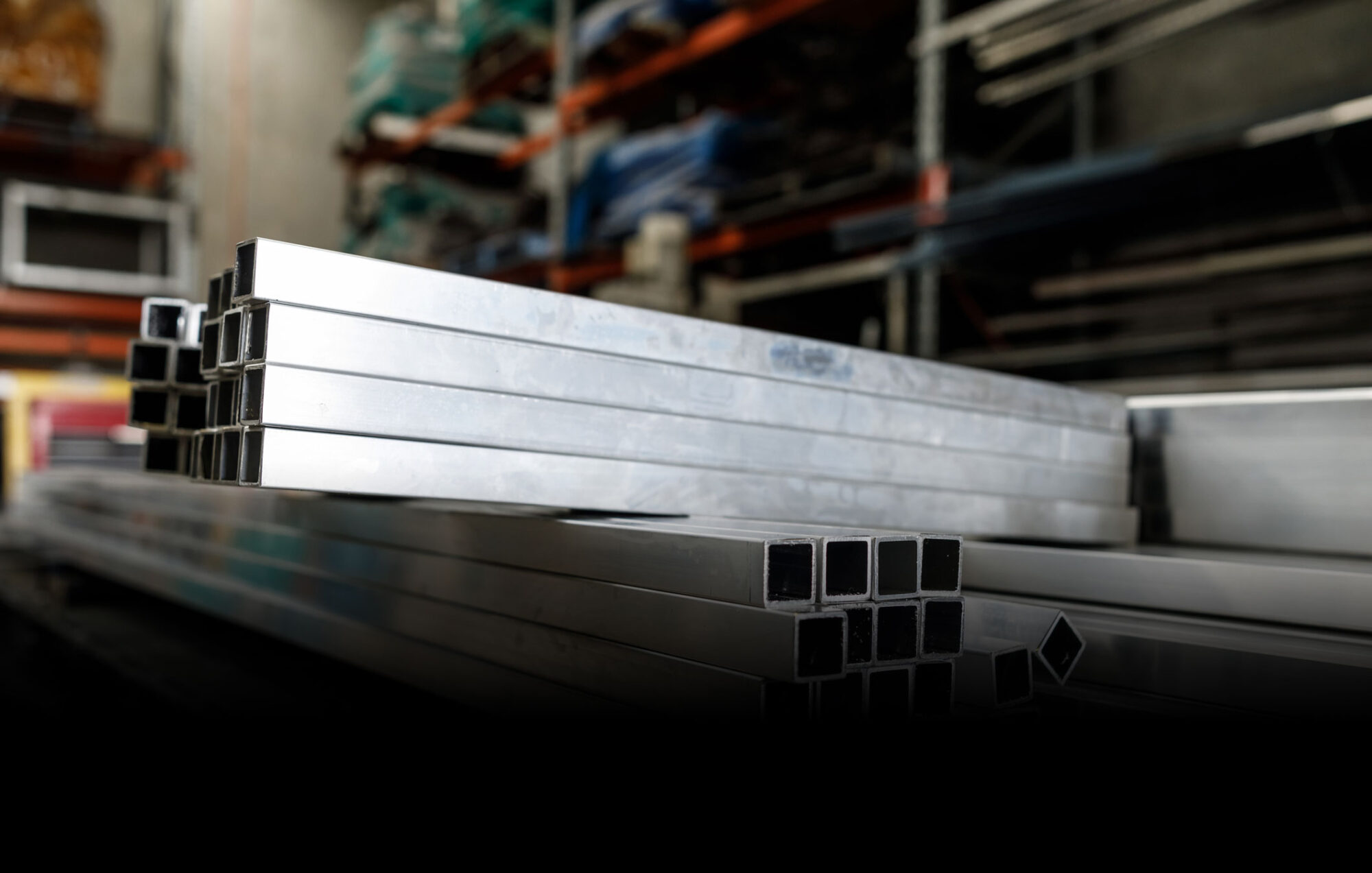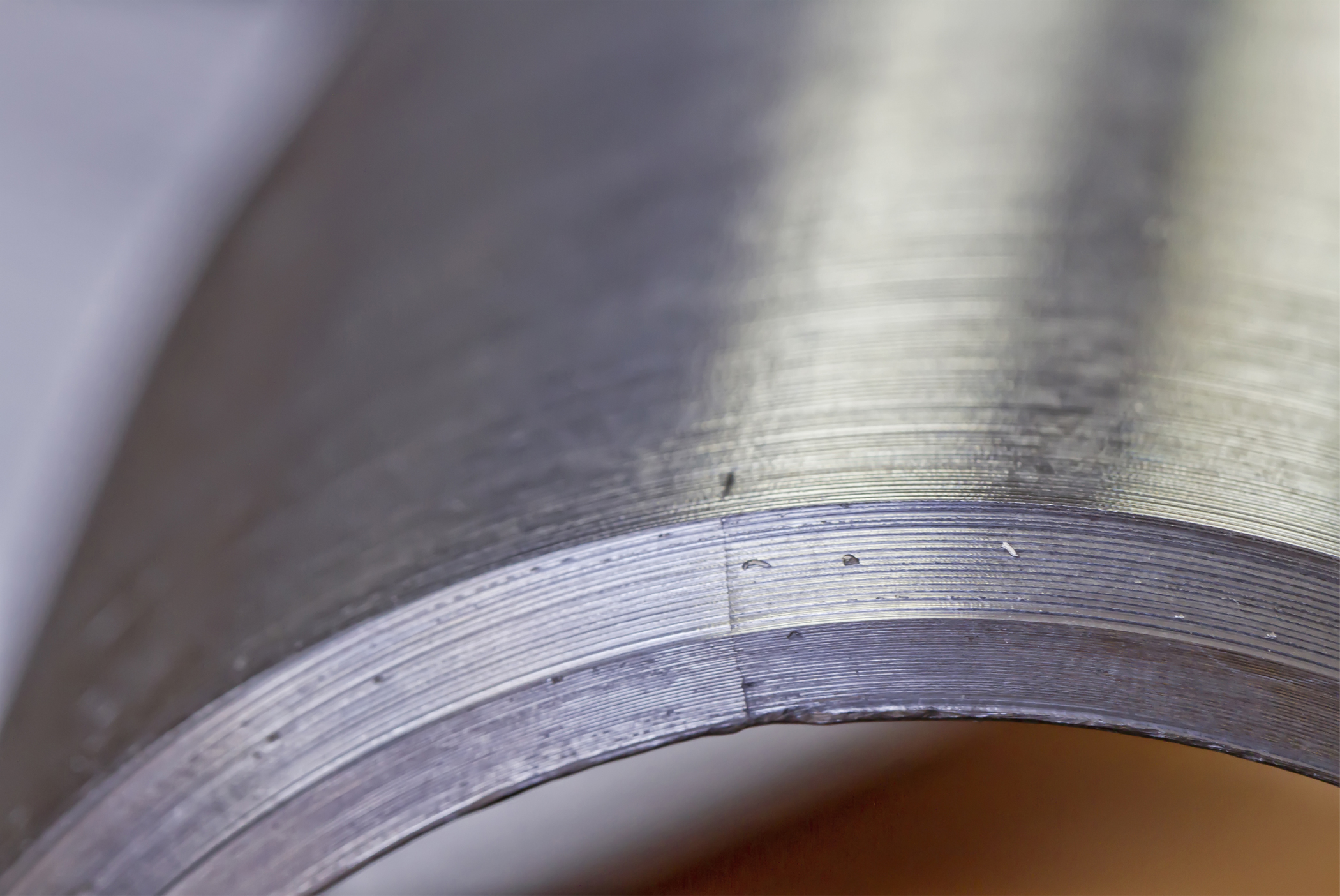Most metals are recyclable, some are worth more than others. Where to find scrap is the key. The market is as volatile as any stock market at times so your degree of profitability may depend on timing. Scrap metals are virtually everywhere. Collecting and separating these materials can be and is profitable if done right and in a consistent fashion. Appliances, dead motors, discarded autos, and other equipment contain more than one reusable metal and scrapyards around the country are willing to pay for these. The scrapyards separate the metals by type into transportable bundles to be sold domestically or overseas for recycling into new metals. If you have access to a sufficient volume of used metal materials and can separate it and sort it efficiently, you may be able to earn a profit.
More valuable waste and scrap materials are abundant at construction and demolition sites among other places. Creating a relationship with construction contractors, electricians, plumbers, and demolition companies can provide access to a considerable amount of metal waste. These companies do not always have time to recover the full value of the waste metals and will let someone remove these materials at little or no cost. A demolished building, for example, can contain miles of wiring, aluminum paneling, and steel beams that are recyclable.
Sometimes used metals are difficult to identify before cleaning and separating. In a pile of mixed scrap metals, it is necessary to identify the metals you have. The first distinction is to determine which metals are ferrous or non-ferrous. Ferrous metals like iron and steel, which usually have lesser value per ton at the scrapyard, are magnetic by nature. Non-ferrous metals such as copper, aluminum, stainless steel, bronze, or brass are not magnetic and do not respond to the attraction of a magnet. Besides ferrous characteristics, you should learn to identify metals in any condition. Some recycled metals demand higher prices per ton than others. As with any commodity, the market value fluctuates based on the current demand and availability. However, sufficient volumes of recyclable metals in pure form, stripped of coating materials, and removed from the housings of their previous uses can yield significant value on the scrap metal market.

